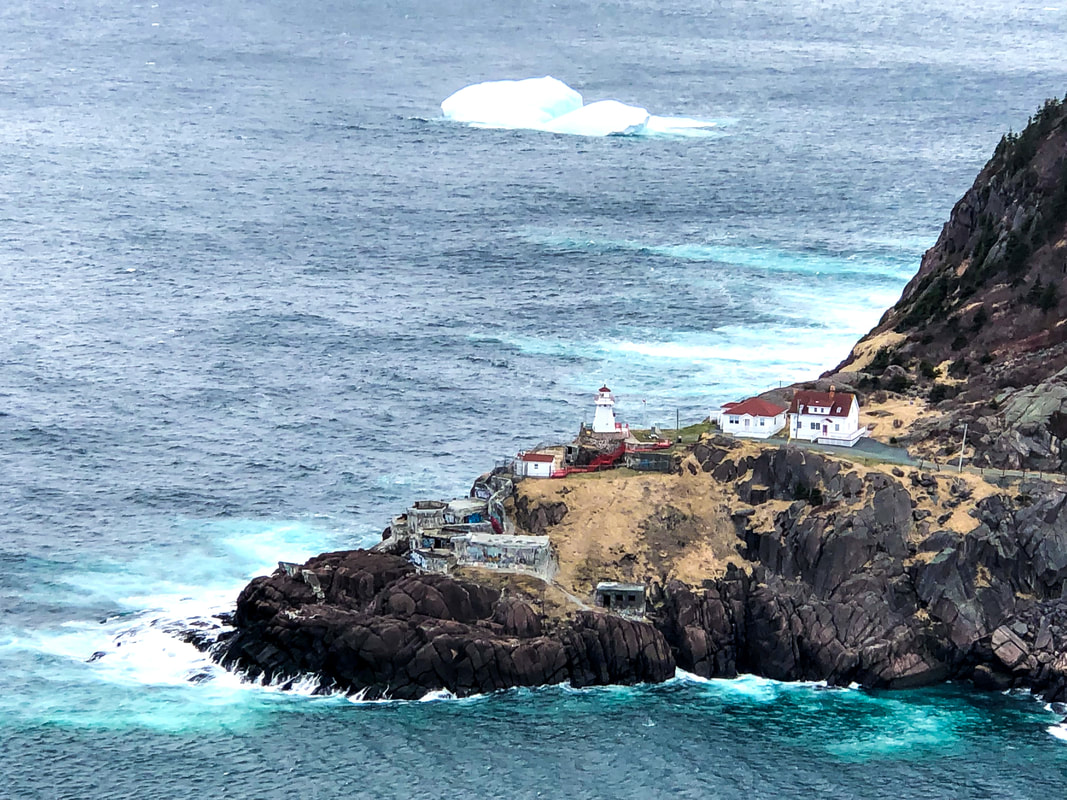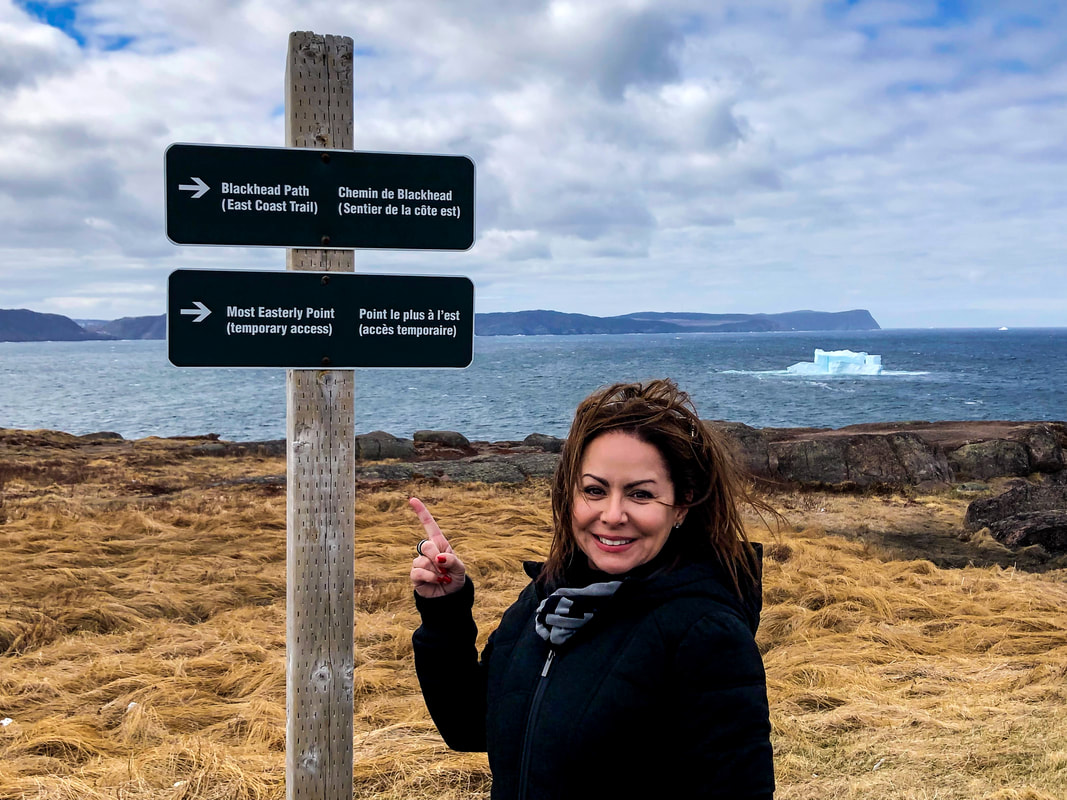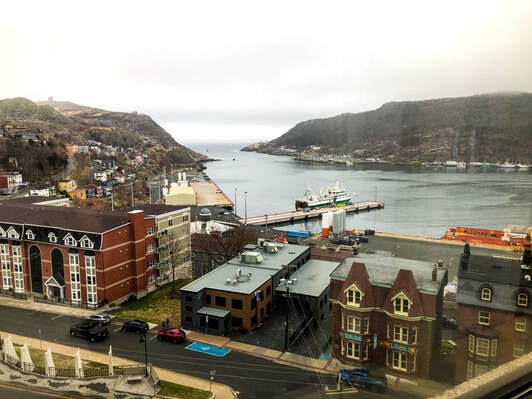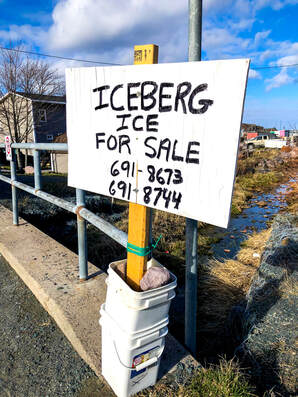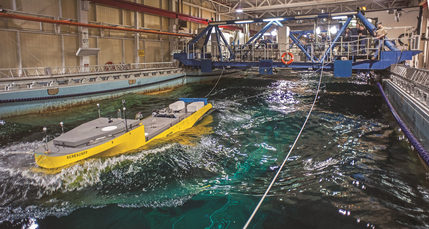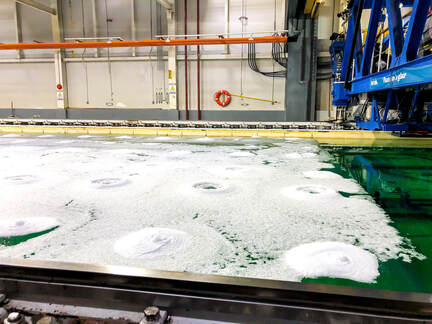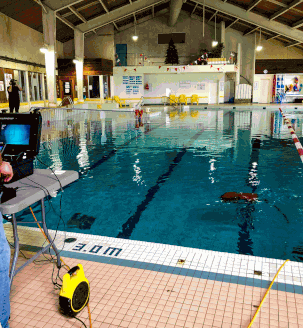|
A few months back I was invited to by the Canadian Consulate on a week-long Ocean Tech Media Tour in provinces of Newfoundland & Labrador, Novia Scotia, New Brunswick and Prince Edward Island. Like South Florida, these Canadian provinces heavily rely on the ocean as their economic source and like us, the environment, sea level rise and water quality are issues that affect them as well. The trip was filled with site visits, live demonstrations, and presentations that showcased a variety of innovative ocean technologies, products, and services. It was an eye-opening experience to the vast knowledge and technology that we here in South Florida can truly benefit from. 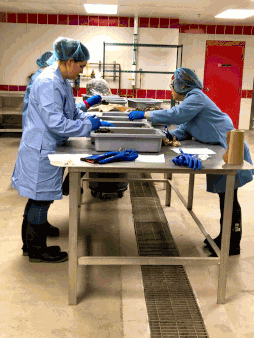 Fisheries: One of my first stops was to the Fisheries and Marine Institute at City of John, it is considered the go-to institute in the area of fishery science and the most comprehensive in North America. Sustainability is an important piece of fisheries and they have developed fishing technologies that reduce negative ecological impacts on non-targeted animals, fuel consumption, and seabeds. Their Centre for Aquaculture and Seafood Development (CASD) is internationally recognized for its applied scientific and technical expertise, comprehensive research facilities and commitment to clients in the seafood processing and aquaculture industries. CASD possesses the largest pilot plant facilities of its kind in Atlantic Canada, with a combined area of nearly 1,400 square meters. Facilities include a 1,100 square meter state-of-the-art food processing pilot plant, an aquaculture facility, and a marine bioprocessing facility.
Superclusters and Incubators: All the provinces have a remarkable amount of collaborative and incubator spaces all focused in the ocean industry. They are private and/or government led partnerships that bring companies/individuals to boost innovation. It also helps develop talent, improve supply chain opportunities, and foster more ocean start-ups, on top of that it fosters economic growth in the community. Below are a few two examples: Genesis | Oceans Advance Cross Sector Collaboration: COVE, an ocean tech business park managed by the province of Nova Scotia, encourages collaboration across sectors to connect local and international companies in the ocean industry. They focus on five sectors: Energy, Marine Transportation, Marine Tourism, Marine Security & Defense, and Fisheries & Aquaculture. It is managed by a small that help create programs, services, and initiatives for companies to operate in the national and global ocean economy. With the ocean industry playing a large part in Nova Scotia economy, COVE truly allows for the creation of businesses and jobs. By helping its tenant build their businesses, providing access marine equipment & infrastructure and resources; this helps these small businesses get to market faster, a win-win for all (Community, business and ocean). Acoustics, Sensors and Instrumentation:
An interesting roundtable that we attended was focused on Acoustics, Sensors and Instrumentation. This technology can be beneficial to many of Florida’s various bodies of water, helping better monitor our various systems so that we can react quicker to issues. Below you will find a variety of companies leading in this technology: MarineNav: Specializes in providing products and solutions to clients in government and industry. Since 2005 we have supplied customers trusted marine grade electronics, and custom design and manufacturing solutions. Manufactured in Canada, our products are in thousands of vessels worldwide and are known for their innovative design and exceptional quality. Applied Accoustics Engineering (AAE) is a UK-based leading company in the design and manufacture of a wide range of subsea navigation and positioning products, and marine seismic survey equipment. AAE North America’s facility at COVE features marine facilities with two deep-water piers, office space, workshops and laboratories. Ocean Sonics designs and builds innovative products to improve the quality and success of underwater sound measurements. The icListen Smart Hydrophone is used around the world as the standard for acoustic monitoring, streaming and hydrophone arrays. Sensor Technology Ltd. manufactures custom hydrophones, ultrasonic and acoustic transducers, as well as the piezoelectric ceramics that drive these devices. Gliders and Sea Cycle: deploy Teledyne Webb Research Slocum electric gliders and a Liquid Robotics wave glider to help ocean monitoring efforts, collect data for researchers studying ocean habitats and marine animal telemetry. Website Comments are closed.
|

